What is the carbon footprint of pathology testing?
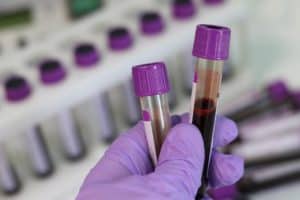
“The carbon footprint of common pathology tests was dominated by those of sample collection and phlebotomy” McAlister et al (2020).
Management of electrolyte disorders in the critically ill patient

“This article provides a guide to the aetiology, analysis and management of major electrolyte disorders in the critically ill” Arachchige and McClure (2020).
Study examines long-term stability of analgesic infusions in glass bottles

“Infusion of paracetamol, alizapride, ketorolac and tramadol remains stable for 7 days in glass bottles at 5°C ± 3 °C and could be prepared in advance with these storage conditions” Colsoul et al (2020).
Critical review of vancomycin continuous infusion in pediatric patients

“Continuous infusions may also benefit individuals who do not achieve target concentrations or who experience significant red man syndrome with traditional dosing” Girand (2020).
Handheld ultrasound for difficult peripheral intravenous access

“The purpose of this study was to evaluate the performance of a handheld ultrasound device for difficult peripheral intravenous (PIV) access performed by nurses and paramedics in the emergency department” Acuña et al (2020).
Suggested heightened CLABSI risk during a pandemic

“Programs seeking to protect their vulnerable patients from COVID-19 are taking unprecedented steps to minimize healthcare exposure, efforts undermined by the recent price increase and shortage of sterile ethanol” Mezoff et al (2020).
Vascular access evidence review for neonatal parenteral nutrition
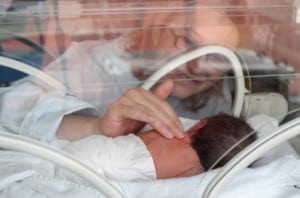
“This review aims to look at whether the osmolality or osmolarity of PN can help guide whether it is safe to administer peripherally or if PN should be administered centrally” NICE (2020).
Timing of antibiotics and mortality among septic shock patients

“The relationship between the timing of antibiotics and mortality among septic shock patients has not been examined among patients specifically with Staphylococcus aureus bacteremia” Corl et al (2020).
Prevention of angioedema with subcutaneous C1-inhibitor replacement therapy

“Hereditary angioedema (HAE) is a debilitating condition caused by a functional C1-inhibitor (C1-INH) deficiency and characterized clinically by episodes of subcutaneous or submucosal swelling” Lumry et al (2020).
Preventing catheter-related infections in cancer patients

“The growing impact of CLABSI on the healthcare setting and mortality and morbidity rates in cancer patients calls for novel technologies for preventing central line-related infections” Malek and Raad (2020).
Correction of a malpositioned CVC using point-of-care transthoracic echocardiography
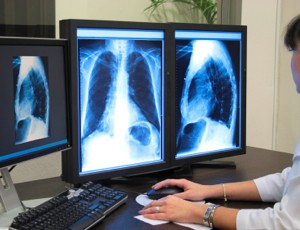
“On postoperative chest X-ray (CXR), however, the terminal 6-cm portion of the CVC was found to be looping back from the junction of the brachiocephalic veins toward the ipsilateral IJV” et al (2020).
Lateral oblique approach for internal jugular vein catheterization
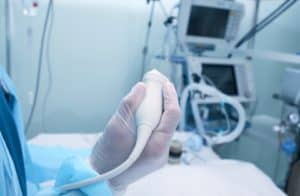
“The lateral oblique approach is a novel needle-in-plane technique for ultrasound-guided catheterization of the internal jugular vein” Balaban et al (2020).
Case report of PICC misplacement into lateral thoracic vein
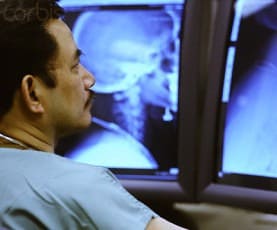
Here, we report a case of misplacement of a peripherally inserted central catheter into the lateral thoracic vein” Febg et al (2020).
Paradoxical embolism via patent foramen ovale from central catheter thrombosis

“Paradoxical embolism refers to a potential condition in which an embolus arising from a venous source crosses into the systemic circulation through a right-to-left cardiac shunt causing an arterial embolism” Di Stefano et al (2020).
Comparison between ultrasonography and X-ray when evaluating central venous catheter positioning
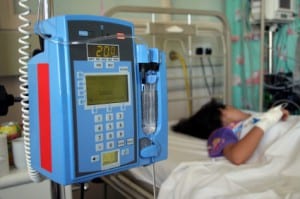
“This study evaluates the capacity of ultrasonography as a diagnostic method to confirm the proper positioning of central venous catheter (CVC) when compared to the current gold standard, chest radiography (CR)” Oliveira et al (2020).
What is the role of catheter lock solutions in CLABSI prevention?

“With this increasing number of patients becoming recipients of CVADs globally each year, the associated incidence of catheter-related bloodstream infections (CRBSIs) is also increasing” Gabriel (2020).
Nursing care of patients with chemotherapy-induced peripheral neuropathy

“Chemotherapy-induced peripheral neuropathy (CIPN) is an unsolved and potentially life-compromising problem for most patients receiving neurotoxic chemotherapy” Kanzawa-Lee (2020).
Research opportunities for infection prevention guidelines

“This study aimed to describe the strength of recommendations of infection prevention and control guidelines published in the last 10 years” Mitchell et al (2020).
Investigation of hospital-onset MRSA bloodstream infections

“Despite large reductions from 2005-2012, hospital-onset methicillin-resistant Staphylococcus aureus bloodstream infections (HO MRSA BSIs) continue be a major source of morbidity and mortality” Ham et al (2020).
Guidelines on peri-operative use of ultrasound-guided for vascular access

“The project of European Society of Anaesthesiology (ESA) Task Force for the development of clinical guidelines on the PERioperative uSE of Ultra-Sound (PERSEUS) project has focused on the use of ultrasound in two areas that account for the majority of procedures performed routinely in the operating room: vascular access and regional anaesthesia” Lamperti et al (2020).
Are introducing a bundle of measures for reducing CLABSI effective?

“CLABSI rates decreased after the implementation of the insertion bundle. CVC replacement, 2 or more catheterizations and parenteral nutrition were associated with CLABSI after bundle implementation” Hernández-Aceituno et al (2020).
How to predict PICC-related upper extremity DVT?
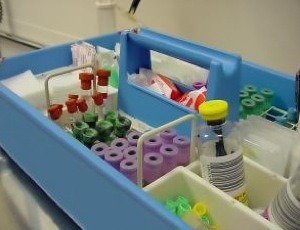
“The association between D-dimer thresholds before catheter insertion and the development of PICC-UEVT in cancer patients remains unknown” Tang et al (2020).
What are the effects of ceftriaxone by intravenous push on adverse drug reactions?

“At our hospital, a shortage of sterile saline bags led to changing ceftriaxone from intravenous infusion to intravenous push. We examined if this change led to an increase in adverse reactions” Agunbiade et al (2020).
What are short-term peripheral IV catheters-related bloodstream infection rates in India?

“Short-term peripheral venous catheters-related bloodstream infections (PVCR-BSIs) rates have not been systematically studied in developing countries, and data on their incidence by number of device-days are not available” Rosenthal et al (2020).
How to prevent PICC-related upper extremity DVT?

“Our aim was to observe the effects of preventive application of low molecular weight heparin on venous thrombosis in a PICC model’ Huang et al (2020).
Meta-analysis of supraclavicular and infraclavicular approaches for subclavian venous catheterization

“In this meta-analysis, we investigated the success rate of subclavian venous catheterization (SVC) as well as the incidence of related complications when performed via the supraclavicular (SC) or traditional infraclavicular (IC) approaches” Chen et al (2020).
Needlestick-associated rocky mountain spotted fever in Brazil

“We report a fatal case of Rocky Mountain spotted fever (RMSF) in a man in Brazil without recent history of tick bites or environmental exposure” Vilges de Oliveira et al (2020).
Biofilm-related infection associated with implanted medical devices

“The literature on patient-specific risk factors for chronic infections associated with five types of implants was surveyed to glean clues about the etiology of these infections” Stewart and Bjarnsholt (2020).
Reliability of cutaneous landmarks for the PICC length assessment

“It is very important to obtain an estimated measure of the catheter, in order to reach the cavo-atrial junction and optimize the catheter length. Estimated measures are often obtained using cutaneous landmarks” Elli et al (2020).
What are short-term peripheral IV catheters-related bloodstream infection rates from INICC?

“PVCR-BSI rates in INICC ICUs were much higher than rates published from industrialized countries. Infection prevention programs must be implemented to reduce the incidence of PVCR-BSIs in resource-limited countries” Rosenthal et al (2020).

